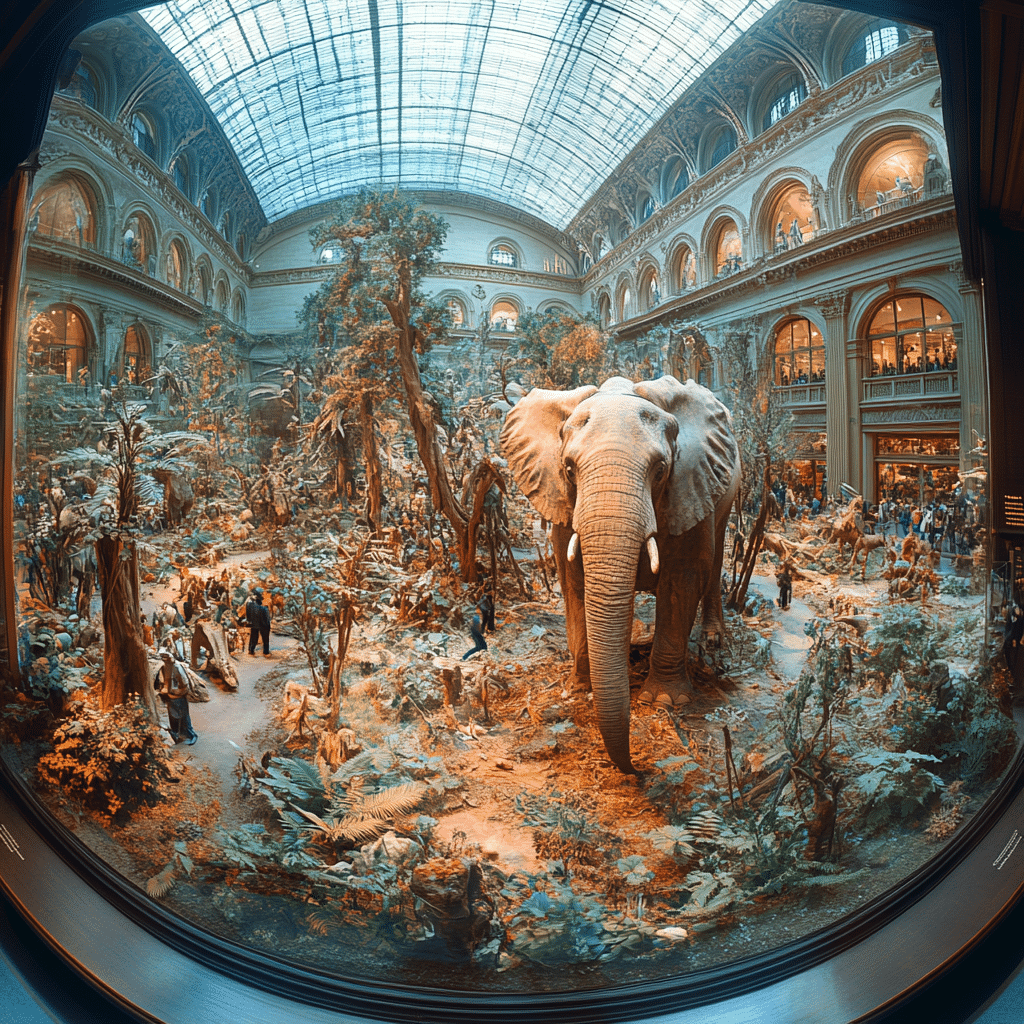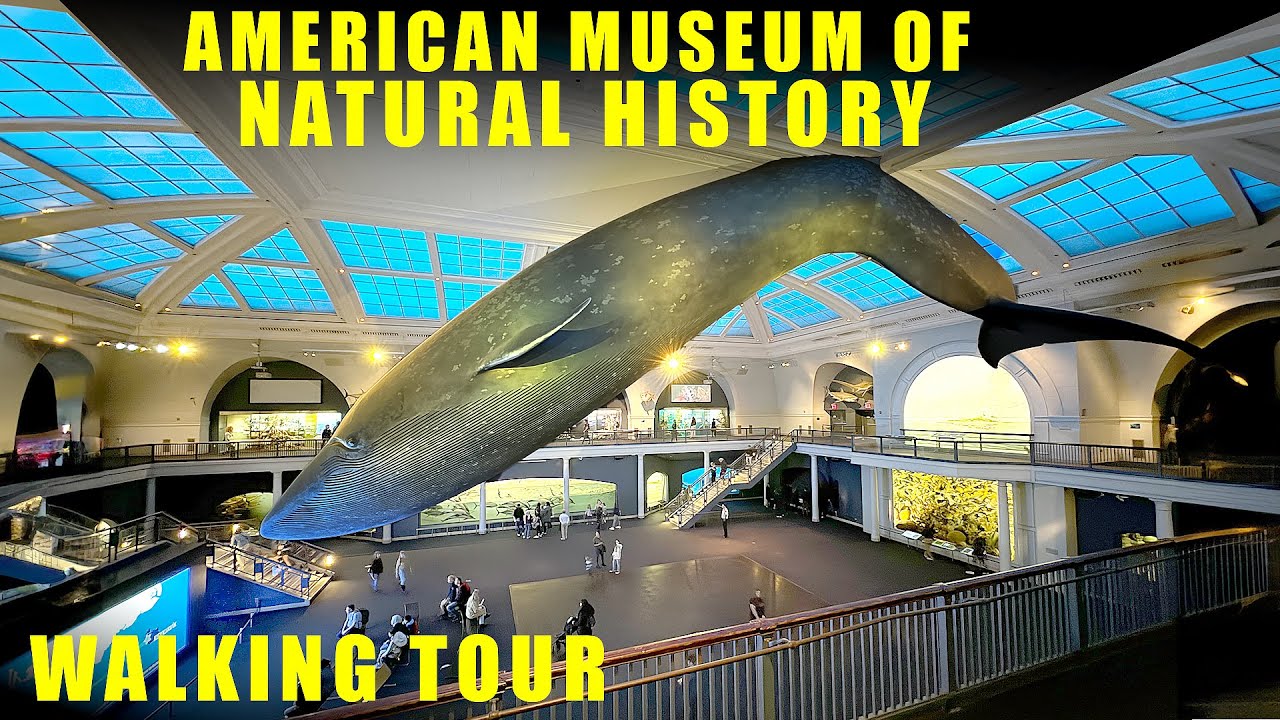
Discover the Wonders of the American Museum of Natural History
Nestled in the bustling streets of New York City, the American Museum of Natural History (AMNH) is a treasure trove of knowledge and awe, captivating millions each year with its engaging exhibits and groundbreaking scientific discoveries. Established in 1869, this world-renowned institution stands as the largest natural history museum globally, showcasing an impressive collection that spans anthropology, paleontology, ecology, and astrophysics. Now, let’s dive into seven compelling reasons why a visit to the American Museum of Natural History is an absolute must, whether you’re a local or just passing through.
With over 45 permanent exhibition halls, the AMNH teaches us about the planet and its myriad inhabitants, opening our eyes to the world’s wonders. Plan to spend at least 2 to 3 hours at the museum, but many guests leave wanting to stay longer, eager to soak in every ounce of knowledge. The immersive experience found here inspires curiosity and inquiry, perfect for anyone looking to learn something new or ignite their passion for nature and science.
Whether you’re an aspiring speaker or a seasoned professional, the AMNH isn’t just a place to observe; it’s an environment designed to ignite discussions and engage audiences. Imagine sharing your takeaways from the Hall of Biodiversity or the Rose Center for Earth and Space at your next event! The stories you gather from these exhibits can add a unique depth to any speech, helping you connect with listeners on multiple levels.
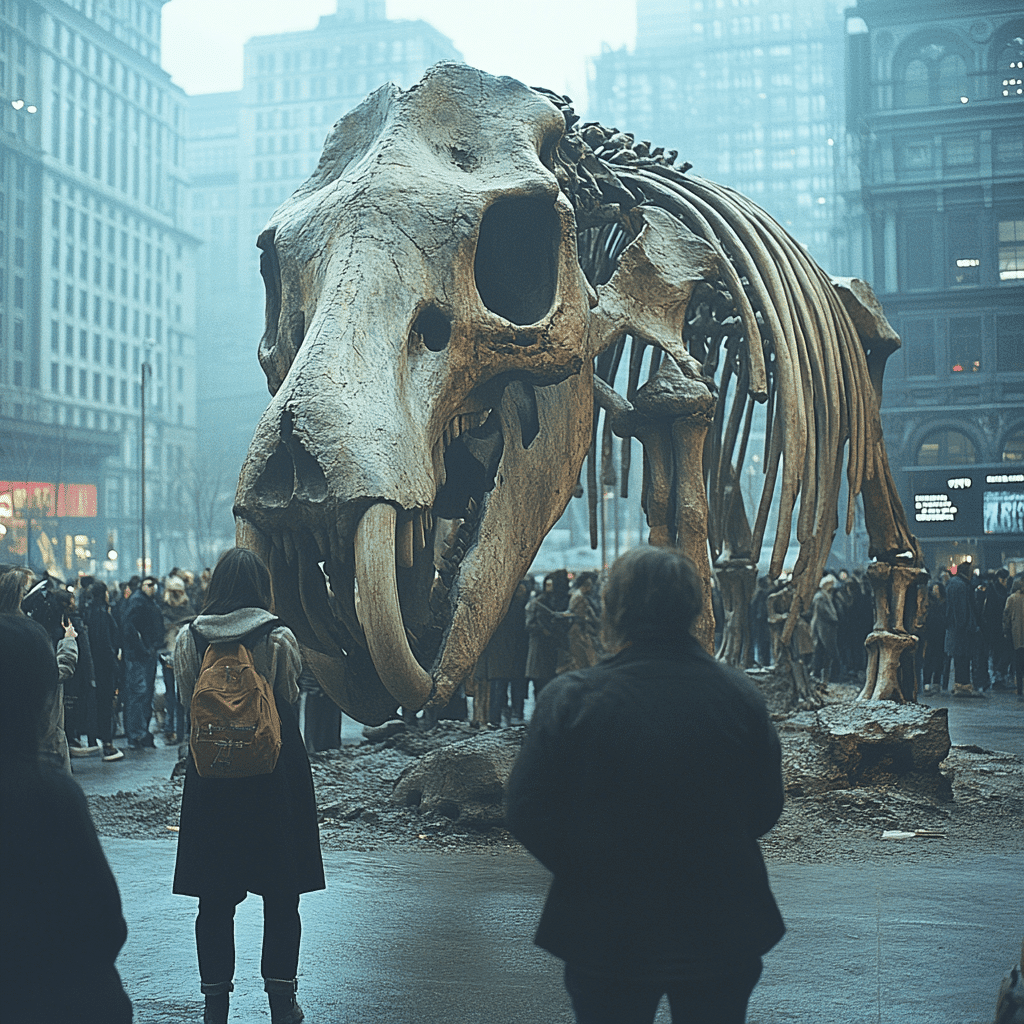
Top 7 Iconic Exhibits at the American Museum of Natural History
1. The Milstein Hall of Ocean Life
The Milstein Hall of Ocean Life is a jaw-dropping exhibit that immerses you in the mysteries of the ocean. A life-sized blue whale model, suspended overhead, invites you to explore the intricate ecosystems beneath the waves. Interactive displays connect you with marine conservation, blending education and stunning visuals into one unforgettable experience.
2. The Rose Center for Earth and Space
Home to the Hayden Planetarium, the Rose Center is the ultimate destination for anyone curious about the universe. Twist your mind around cosmic wonders, attend shows about black holes, and engage with knowledgeable astronomers who can answer your burning questions. The Rose Center offers visitors a glimpse into the ideas shaping our understanding of space and time.
3. The Hall of Saurischian Dinosaurs
Dinosaur lovers will revel in the Hall of Saurischian Dinosaurs, featuring a complete Tyrannosaurus rex skeleton. This exhibit allows you to step back in time and delve into the Mesozoic era while hearing the latest paleontological findings from expert researchers. The fusion of historical breadth and scientific insight creates an engaging narrative that captivates adults and children.
4. The Hall of Biodiversity
A tribute to our planet’s diverse ecosystems, the Hall of Biodiversity captures the beauty of life while imploring visitors to consider the fragility of our environment. Rich displays emphasize conservation efforts and current threats, like climate change and habitat loss. Participatory workshops encourage everyone to become advocates for global conservation while broadening their understanding of our ecological responsibilities.
5. The Akeley Hall of African Mammals
Known for its breathtaking dioramas, the Akeley Hall showcases Africa’s wildlife in meticulously modeled natural habitats. From graceful elephants to elusive leopards, the exhibit is a feast for the eyes and a learning hub about the importance of wildlife conservation. It reveals the challenges animals face today, particularly poaching and habitat encroachment.
6. The Native American Halls
Celebrate the rich cultural heritage of Indigenous peoples in North America through the Native American Halls. Featuring artifacts and contemporary art, this exhibit poignantly tells the stories of various communities, enhancing your understanding and appreciation of their history and culture. It’s an enlightening stop that fosters dialogue about cultural preservation.
7. The Hall of Human Origins
Exploring our place in the grand scheme of life, the Hall of Human Origins presents groundbreaking discoveries in anthropology from ancient hominids to modern humans. With captivating displays and molecular biology studies, you’ll gain fresh insights into human evolution and the societal issues we’re grappling with today.
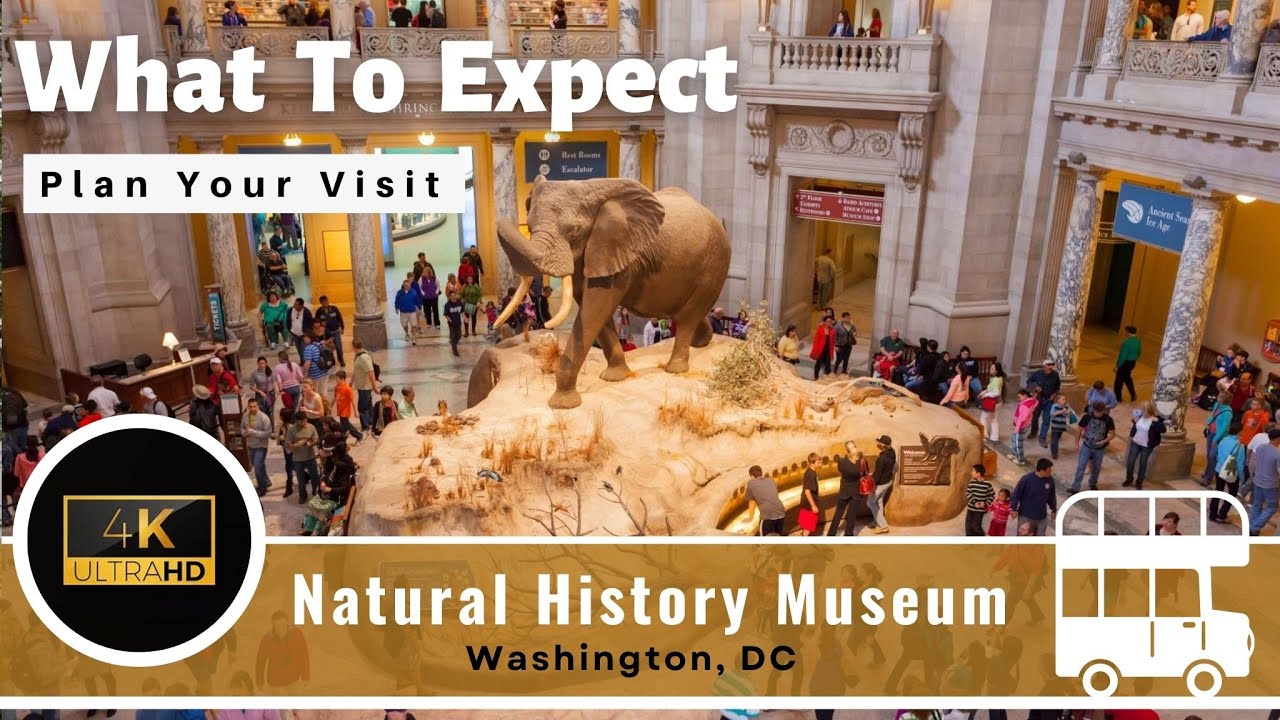
Navigating the American Museum of Natural History: Practical Tips
For visitors eager to delve into the American Museum of Natural History’s vast offerings, preparation is key. The museum can be overwhelming, given its expansive space. Here are some practical tips to enhance your visit:
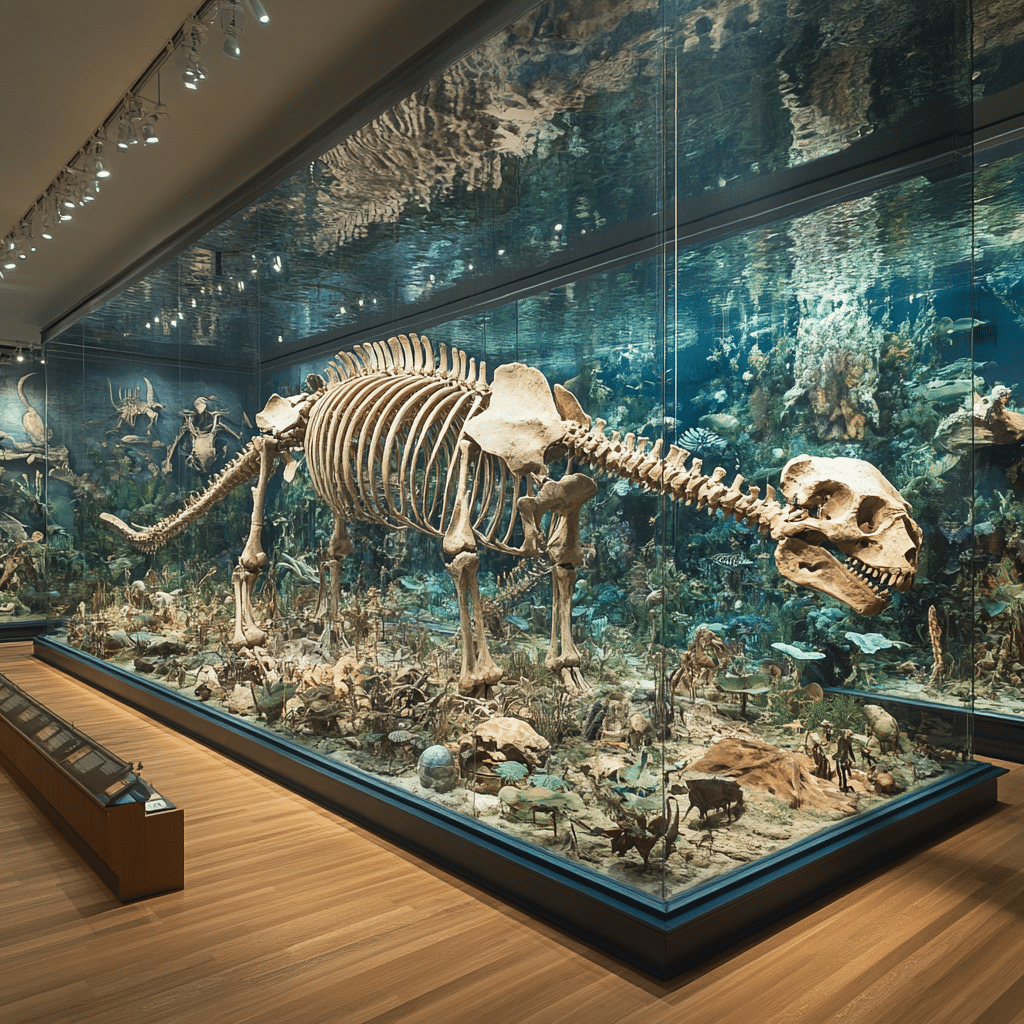
A Unique Perspective on the American Museum of Natural History
The American Museum of Natural History goes beyond being a tourist attraction. It stands as a cultural hub that promotes knowledge, awareness, and active engagement with pressing global challenges. By adopting a multidisciplinary approach, the AMNH encourages visitors to reflect on their roles in shaping the future.
In our age where misinformation is rampant, the scientific narratives at the AMNH are invaluable. Each exhibit is a rich tapestry woven with stories and insights that connect the past to contemporary issues, such as biodiversity conservation and environmental restoration. The wisdom you glean here equips you to influence conversations far beyond the museum’s halls.
So, whether you’re an enthusiast of nature or someone seeking inspiration to fuel your advocacy, this gem promises an enriching experience. Visiting the American Museum of Natural History is not simply a leisurely outing—it’s an enlightening journey, beckoning you to join the call for stewardship over our planet’s rich heritage. Take your next event to new heights by incorporating what you learn here, as knowledge is the true catalyst for change.
Plan your visit today and discover the gems waiting for you at the American Museum of Natural History!
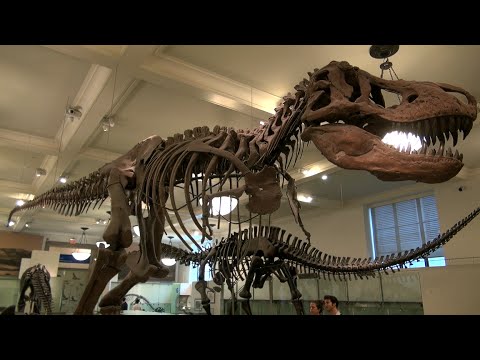
Exploring Fun Trivia and Interesting Facts About the American Museum of Natural History
A World of Wonders Awaits
Did you know that the American Museum of Natural History isn’t just about dinosaurs and fossils? It’s a treasure trove of culture and science! The museum features over 32 million specimens, including everything from meteorites to rare gemstones. You could say it’s as diverse as the musical talents showcased in the music and arts scene. In fact, the museum has even collaborated with artists to bridge the gap between natural history and artistic expression, helping visitors see the world through a colorful lens.
Why This Place is a Must-See
The American Museum of Natural History also houses the largest fossil collection in the world, boasting advancing technology for research. With the help of platforms like Amazon Web Services, researchers are making leaps in data processing related to their collections. Imagine walking through halls filled with artifacts that tell stories of ancient times, much like how a good spreadsheet tells a story through functions like VLOOKUP! It’s a unique experience that ignites curiosity in both young and old alike.
Stories That Resonate
If you’re a fan of riveting stories, the museum has a lot to offer. You’ll find narratives that resonate with themes of survival, innovation, and understanding our own existence. Interestingly, the exhibits remind us that lessons from the past still apply today—like in the realms of healthcare, which has roots in the concepts surrounding palliative care meaning. As you explore, it’s fascinating to think about how history impacts our current lives, including how we view leadership as reflected in the ongoing dialogue around Joe Biden vs Trump.
So, whether you’re glancing at ancient artifacts or contemplating the stories behind them, the American Museum of Natural History provides ample opportunity for introspection and discussion, much like the heartfelt Shanda Vander Ark story that resonates within community dialogues today. Overall, each visit can open up a new chapter of understanding about our planet and the life forms that share it with us.
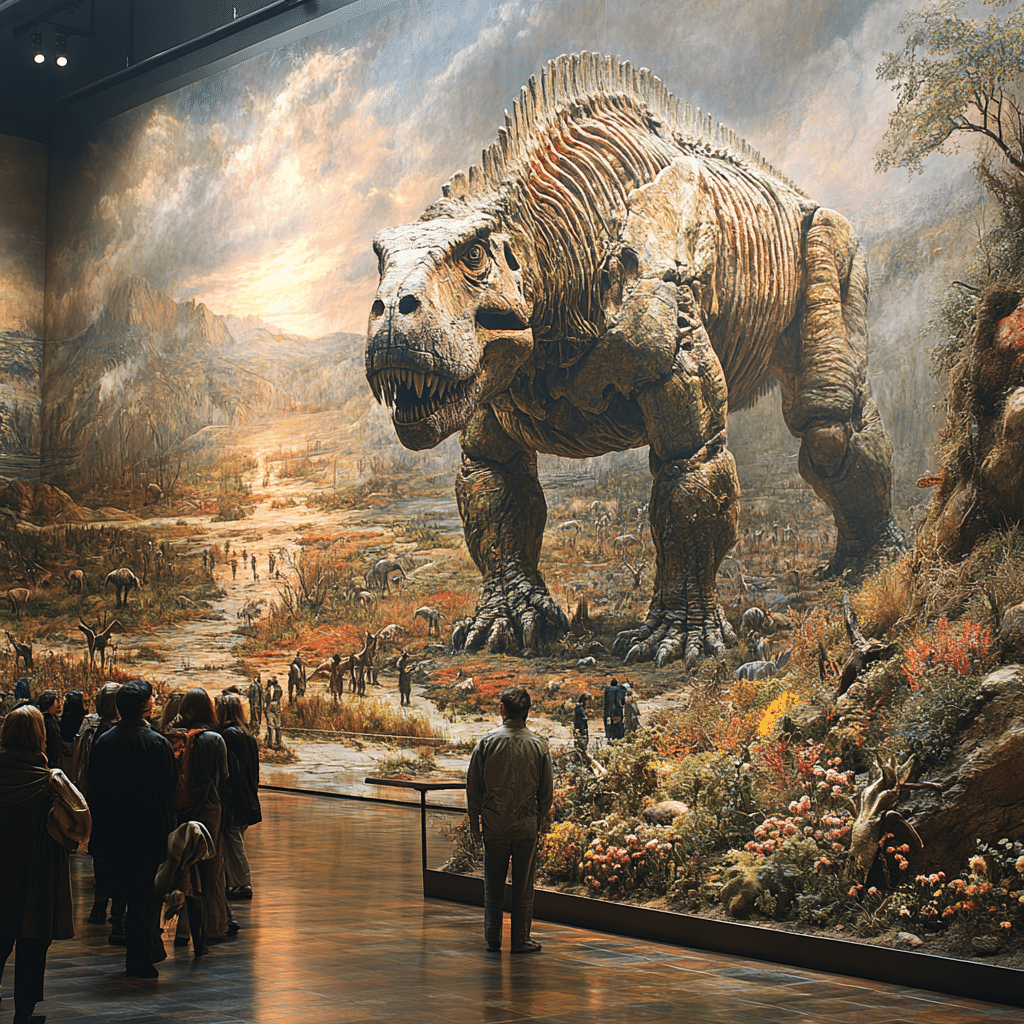
How long does it take to visit the American Museum of Natural History?
Most visitors spend between 2 and 3 hours at the American Museum of Natural History, but if you’re keen to explore everything, you might want to set aside a full day. It’s a big place!
Is the American Museum of Natural History worth it?
Absolutely, the American Museum of Natural History is worth the visit! It’s stunning and full of amazing exhibits, so be ready to be impressed. Just a heads-up, some special exhibits may have separate fees.
What is the largest natural history museum in the world?
The American Museum of Natural History is the largest natural history museum in the world. It’s a big deal, housing countless fascinating displays.
Was Night at the Museum filmed at the Museum of Natural History?
The film “Night at the Museum” features the American Museum of Natural History, but much of it was shot on a sound stage in Canada. External shots of the museum were used, though!
Can I bring a backpack into the American Museum of Natural History?
You can bring a backpack into the American Museum of Natural History, but it’s a good idea to check their current bag policies just to be sure.
What is the best time to go to the American Museum of Natural History?
The best time to visit is typically on weekdays early in the morning or during off-peak seasons when the crowds are lighter, giving you more space to soak everything in.
What is the coolest thing in the Natural History Museum?
The coolest thing in the museum might just be the dinosaur fossils — they’re huge and pretty breathtaking to see up close.
What not to miss at the American Museum of Natural History?
Be sure not to miss the iconic dinosaur skeletons, the Hall of Ocean Life, and the Rose Center for Earth and Space. They’re highlights that many visitors rave about.
Can I just turn up at the Natural History Museum?
Yes, you can just turn up at the American Museum of Natural History! However, buying tickets in advance is always a good idea to save time.
Which city has the best natural history museum?
While it’s tough to pick just one city, New York is home to the American Museum of Natural History, which is often considered one of the best natural history museums around.
What are the top 5 biggest museums in the world?
The top five biggest museums in the world include the Louvre in Paris, the State Hermitage Museum in Russia, the British Museum in London, the Metropolitan Museum of Art in NYC, and the American Museum of Natural History.
What is the oldest object in the Natural History Museum?
The oldest object in the museum is likely the fossil of a small, prehistoric fish, which dates back over 400 million years and offers a peek into the distant past.
Does the American Museum of Natural History have real dinosaur bones?
Yes, the museum does have real dinosaur bones! They showcase many fossilized remains of dinosaurs, which are one of the museum’s star attractions.
What movie was filmed at the Museum of Natural History?
“Night at the Museum” features Ben Stiller as the main character, but Hugh Jackman doesn’t play a role in that movie.
Who does Hugh Jackman play in Night at the Museum?
Hugh Jackman doesn’t appear in “Night at the Museum,” so you might be thinking of another film!


